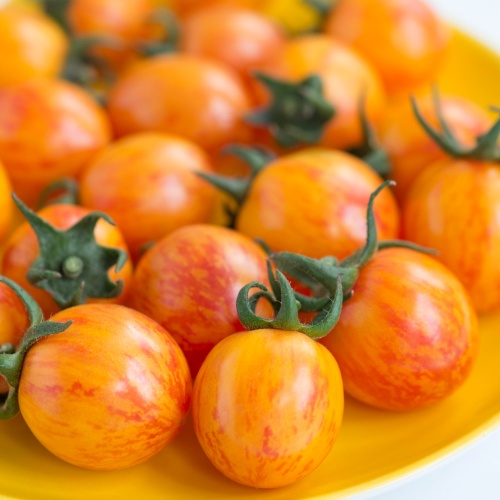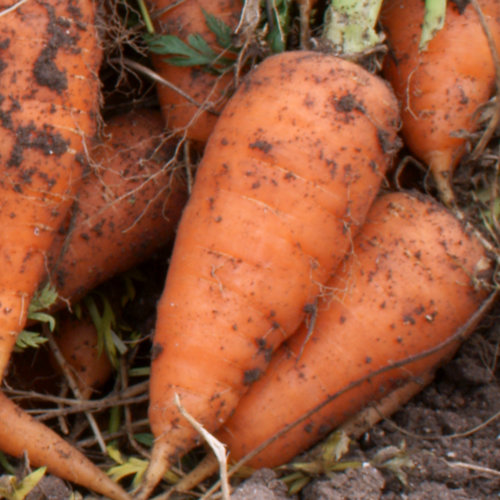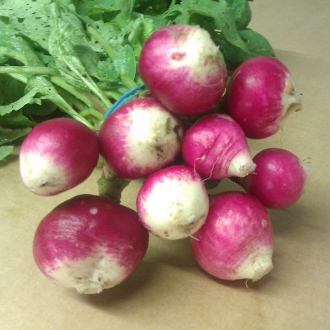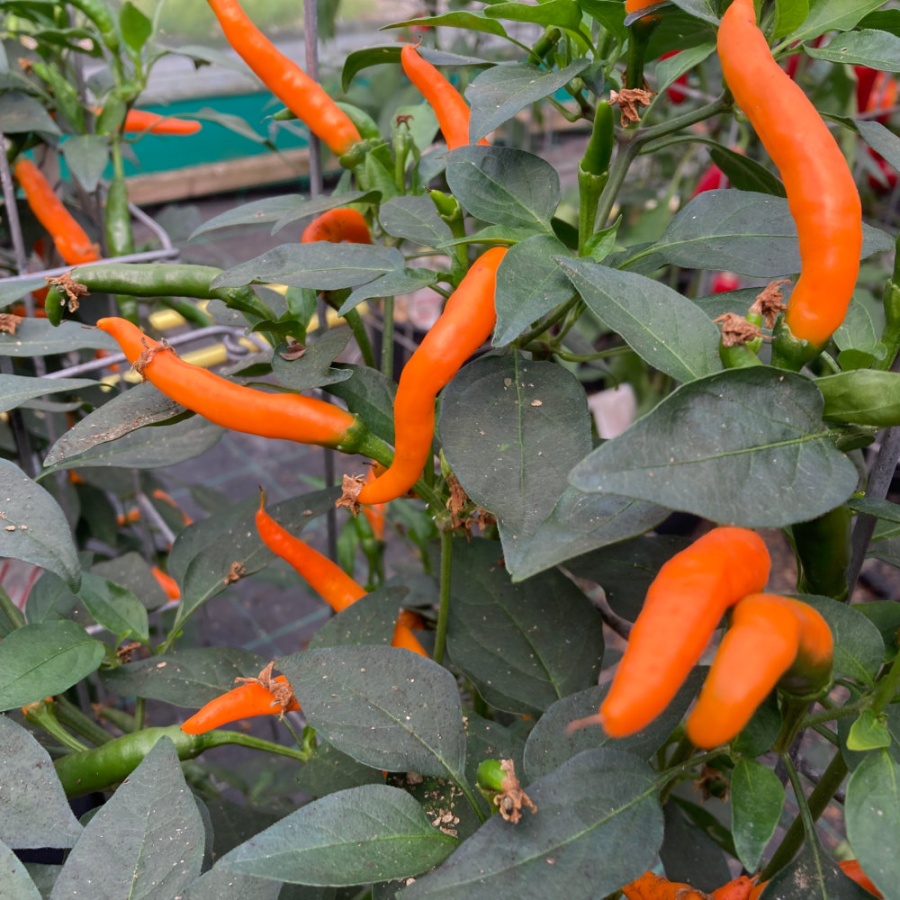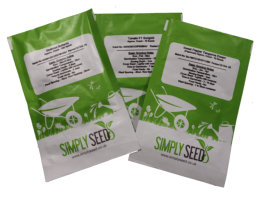 Chilli Biquinho Yellow, also known as "Little Beak," is a charming and versatile pepper variety known for its unique triangular shape with a rounded tip resembling a little beak.
Chilli Biquinho Yellow, also known as "Little Beak," is a charming and versatile pepper variety known for its unique triangular shape with a rounded tip resembling a little beak.
This pepper not only adds vibrant colour to dishes but is also perfect for enhancing salads, sauces, and casseroles. Though it belongs to the chinense family, known for their strong aroma, Biquinho peppers have very low pungency, making them ideal for those who enjoy a sweet, fruity, and mildly peppery flavour without too much heat.
The plant is extremely prolific, producing hundreds of pendant-shaped fruits per plant. The peppers transition from a yellow-green hue to a bright, sunny yellow as they ripen over 100-120 days.
The fruits, measuring 3.5 x 2.5 cm, have a Scoville rating of just 500-1000, offering a gentle spice that won’t overwhelm your palate. This medium-to-late maturing variety is easy to grow, germinating within 10-14 days and reaching a height of 60-80 cm. Perfect for decorative and culinary uses, Biquinho Yellow is a must-have for any chilli growing enthusiast.
Scoville Rating: 500 - 1000shu
Heat Rating: 
Average Packet Contents: 10 Seeds

